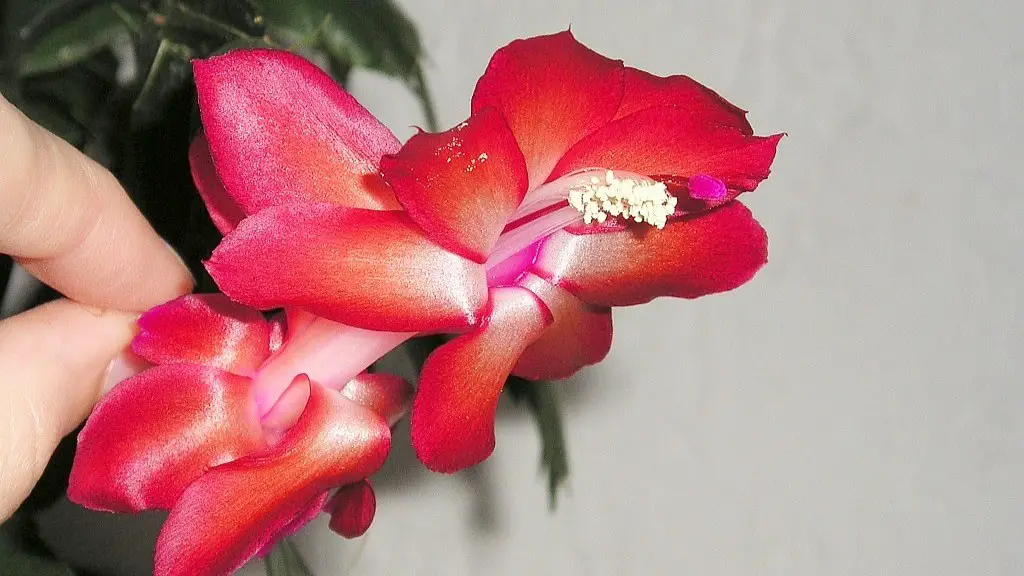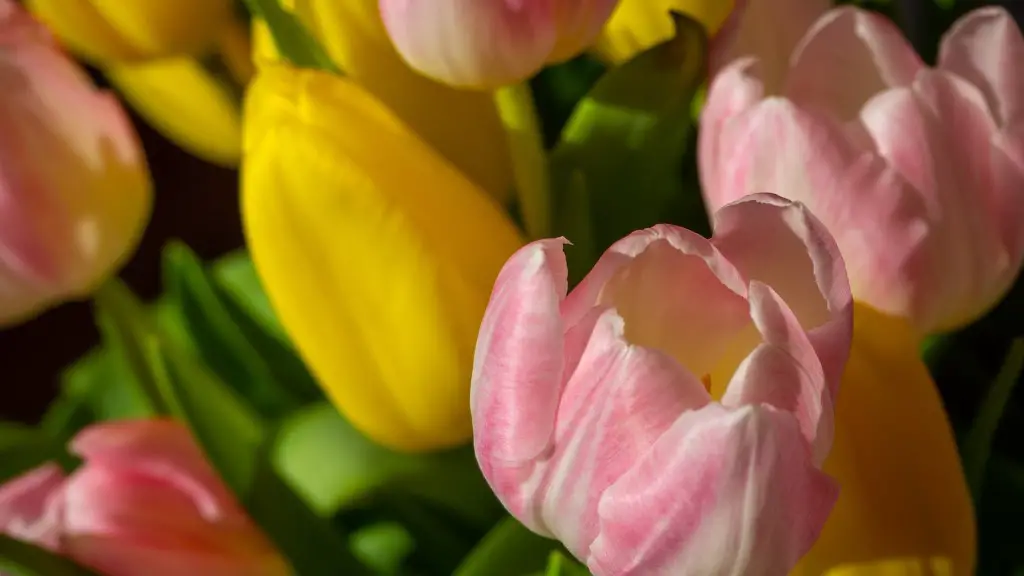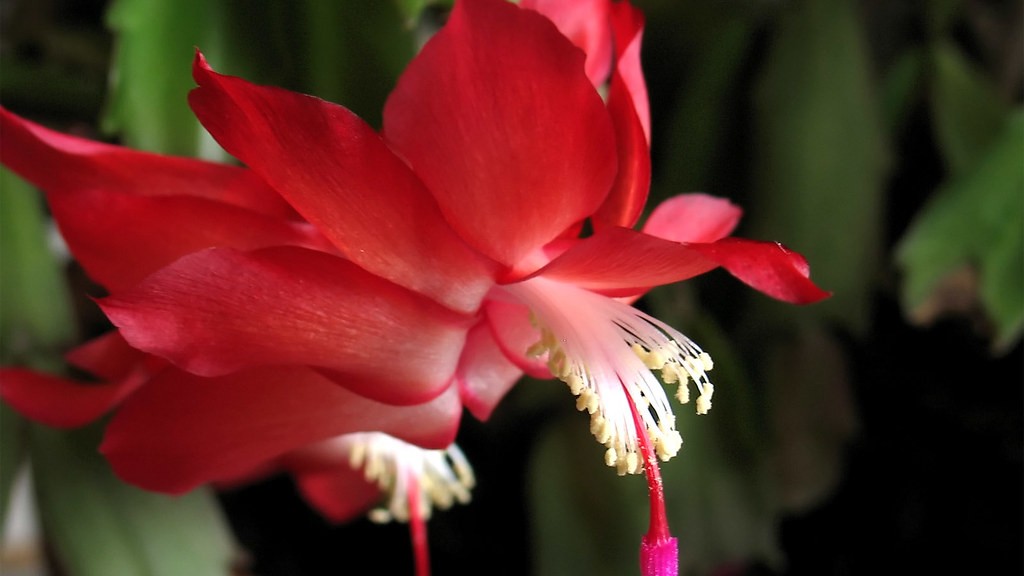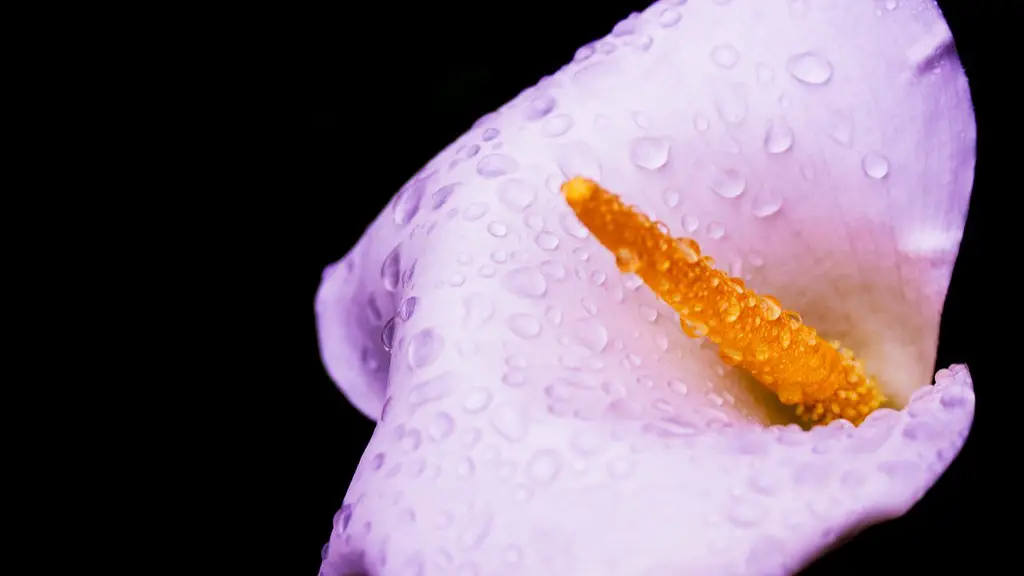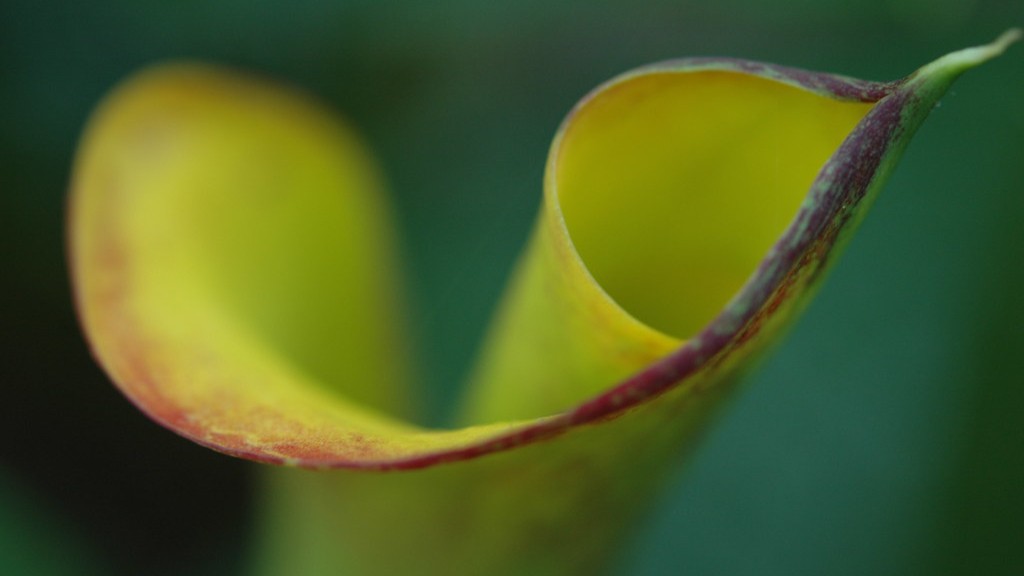The Christmas cactus ( Schlumbergera truncata) is a plant native to the rain forests of South America. It is an epiphytic cactus, meaning that in its native habitat it grows on other plants or trees, not in the ground. The Christmas cactus is also known as the Thanksgiving cactus or the Easter cactus, depending on when it blooms. It blooms in shades of pink, red, and white. The flowers are short-lived, but the plant will bloom multiple times a year. The Christmas cactus is not a true cactus, but it is related to the genus Schlumbergera, which includes the Thanksgiving cactus ( Schlumbergera truncata), Easter cactus ( Schlumbergera gaertneri), and holiday cactus ( Schlumbergera x Buckleyi). The main difference between these plants is the shape of their leaves. The Christmas cactus has segmented leaves that are flattened, while the leaves of the Thanksgiving cactus are more ovate (egg-shaped) and the Easter cactus has leathery, deeply lobed leaves. All of these plants are grown as houseplants and are fairly easy to care for.
The Christmas cactus is a tropical plant and cannot tolerate cold weather. If the temperature drops below 50 degrees Fahrenheit, the plant will start to die.
At what temperature should I bring my Christmas cactus inside?
If you’re looking for a festive plant to spruce up your home for Christmas, look no further than the Christmas cactus! These unique cacti are native to Brazil and prefer a more humid environment, making a bright bathroom or kitchen a great spot to keep them. In the summer, Christmas cacti can be placed in a shady spot in the garden or in an unheated porch until temperatures dip below 50°F (10°C). Just be sure to keep them out of direct outdoor sunlight, as too much sun can damage their delicate leaves. With a little TLC, your Christmas cactus will bloom beautifully year after year, bringing a touch of holiday cheer to your home for seasons to come.
If you want to move your Christmas cactus outside during the summer, it’s actually possible! Just be sure to keep them in a protected, shady area (you could even hang them among the tree branches for a landscape surprise) and don’t let pots sit in water after a heavy rain. They’ll love the humidity!
What happens if a Christmas cactus gets too cold
If your Christmas cactus is exposed to cold temperatures, it is important to take measures to protect it. Water stored in the cactus’ tissues can freeze and expand, causing damage to the cells inside the pads and stems. Once the water thaws, the tissue contracts but is often damaged and may not hold its shape.
Christmas cactus can be grown outside, but only in warm climates. The plant is not cold hardy and will not survive in colder climates. If you live in a warm climate, you can grow the plant outdoors year round. However, you should bring the plant indoors if the temperature drops below 50 degrees Fahrenheit.
Is 40 degrees too cold for Christmas cactus?
If you live in an area with cold winters, it’s important to protect your Christmas cactus from the cold. The ideal temperature range for this plant is between 70°F and 80°F (21°C to 27°C). Unfortunately, the Christmas cactus is not frost tolerant and will suffer permanent damage if exposed to temperatures below 50°F (10°C) for long periods. If you’re not sure whether the temperature in your area will dip below 50°F, it’s better to err on the side of caution and keep your plant indoors.
This will help the plant to start its dormancy period and prepare for winter.
How do you winterize a Christmas cactus?
Christmas cacti prefer humid environments and should be watered when the top soil feels dry. They should never sit in water and prefer daytime temperatures of 65 to 70 degrees and evening temperatures of 55 to 65 degrees.
To encourage bud set, provide bright light, temperatures between 55 F and 65 F, and 13 hours or more of continuous darkness each day.
Where is the best place to put a Christmas cactus in your house
If you’re looking to add a touch of the desert to your home,holiday cacti are a great option. These vigorous plants are easy to care for and can bloom for months at a time with the right care. Here are a few tips to get the most out of your holiday cactus:
Holiday cacti grow best when they are placed in a location with partial shade, such as an east or west facing window. The ideal temperature for these plants is between 70° and 80℉.
Water your holiday cactus once a week, allowing the soil to dry out completely before watering again. During the blooming season, you may need to increase watering to twice a week.
Fertilize your holiday cactus every two weeks during the spring and summer with a high-quality cactus fertilizer.
Be patient with your holiday cactus – it may take a year or two before it begins to bloom. Once it does, you’ll be rewarded with beautiful flowers that last for months.
It is important to let the top two or three inches of soil dry out between waterings in order to help Christmas cactus go into dormancy. The cactus needs the rest period of dormancy in order to bloom. Christmas cactus now needs to be in darkness for 12-14 hours each day.
How do I know if my cactus is too cold?
When cacti are exposed to freezing temperatures, the first sign of damage is usually softened tissue. This tissue often turns white at first, but over time, the damaged areas of the plant will turn black and decay. Eventually, the freeze-damaged parts of the plant will fall off.
A Christmas cactus needs to be watered every one to two weeks in spring and summer, and every three to four weeks in fall and winter. In warmer zones, Christmas cacti can be misted daily, watering thoroughly only when the soil has completely dried out.
Do Christmas cactus like to be root bound
If your holiday cactus is wilting, it may be time to repot it. These plants like to be slightly root bound, but if they get too constricted they can become unhealthy. Try repotting your cactus into a new pot that is one size bigger with cactus soil and a drainage hole. This will help your plant to perk up and stay healthy.
Christmas cactus require little maintenance and can thrive in an unglazed terra cotta or clay pot. Clay pots help to regulate the temperature and moisture of the soil, making it the perfect environment for a Christmas cactus. Be sure to place the pot in a bright location, but out of direct sunlight. Water your Christmas cactus when the soil is dry to the touch. With proper care, your Christmas cactus will bloom in late fall or early winter.
Can cactus survive 45 degrees?
Succulents are plants that are able to store water in their leaves, stems, or roots. This means that they can survive in dry environments for long periods of time without water. However, succulents do not like wet or humid environments, as this can cause them to rot. If you live in a climate with hot summers and cold winters, you can grow succulents outdoors all year long. In Canada and Alaska, there are even some cacti that can survive outside all year round!
Cacti love chilly nights, if they are dry! If they are wet from a recent rain, and the night temperature will be below 50, bring them in.
Warp Up
There is no definitive answer to this question as the Christmas cactus is known to be somewhat tolerant to a range of temperatures. However, as a general rule of thumb, it is best to keep the Christmas cactus in an environment that is between 65-75 degrees Fahrenheit.
Christmas cactus can tolerate cooler temperatures than most other cacti, making it a good choice for gardens in cooler climates. However, it is important to keep the plant out of direct sunlight to prevent it from getting too hot.
